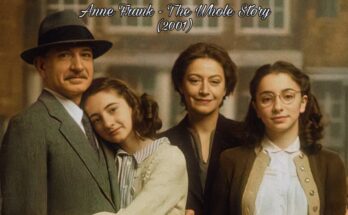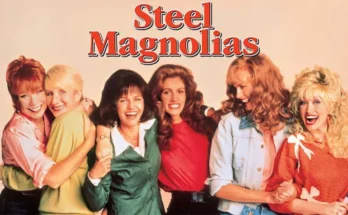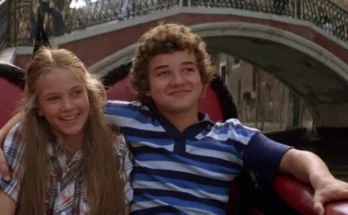Young Sherlock Holmes (1985) is a fascinatingly ambitious and oddly unstable film that attempts to take the famous detective and turn him into a teenage Indiana Jones, all while injecting a heavy dose of Spielbergian wonder and adventure. Produced by Steven Spielberg, directed by Barry Levinson, and written by Chris Columbus, the film is a product of a specific moment in the mid-’80s, where every effects-driven family adventure seemed to be trying to capture the same magic that Amblin Entertainment had perfected.
The film is remarkable for its ambition, blending genres and tones that leave you wondering if it was ever truly sure of its identity. It opens with a strange, psychedelic sequence where a man hallucinates his roast chicken transforming into a monstrous entity, then veers into a murder mystery, then swings to a buddy comedy, only to dive into full-blown occult horror in its final act. The movie has a bizarre structure that keeps audiences on their toes, but this unpredictability may have been one of the reasons it didn’t quite land with the broader public.
Young Sherlock Holmes featured the first fully CGI character in a live-action film—a hauntingly beautiful, yet terrifying, stained-glass knight created by Pixar. Despite its groundbreaking visual effects, the film struggled to find its audience. It wasn’t quite a kids’ movie, as it dealt with some pretty dark themes, including a death cult and occult sacrifices, which likely alienated some potential viewers. It was neither a pure family adventure nor a straightforward mystery, leaving both children and adults uncertain of what to expect, which led to its box-office failure.
Yet, for those who took a chance on it, the film was something special. Nicholas Rowe’s portrayal of the teenage Sherlock Holmes is an energetic and charismatic one, perfectly suited to the adventurous tone of the film. Sophie Ward provides emotional weight as the love interest, and the Victorian school setting exudes a gothic, eerie atmosphere that resonates with fans of the dark and supernatural. The hallucination sequences are pure Amblin nightmare fuel, creating a nightmarish, dreamlike quality that still manages to be a standout feature of the film today.
Despite its mixed reception, Young Sherlock Holmes is worth revisiting for its bold attempts at genre fusion, its groundbreaking use of CGI, and its sheer ambition. While it didn’t capture the public imagination in the way Indiana Jones or Back to the Future did, the film remains a fascinating time capsule of mid-80s blockbuster filmmaking. It’s one of those films that almost had it all—big effects, a charismatic lead, a unique take on an iconic character—but just couldn’t quite put it all together in a way that resonated with audiences at the time.
This is a perfect forgotten gem from the VHS era, a movie that was maybe ahead of its time but still stands out for its imaginative and experimental spirit. It’s a weird, wild ride worth taking for anyone curious about the boundary-pushing filmmaking of the ’80s.



